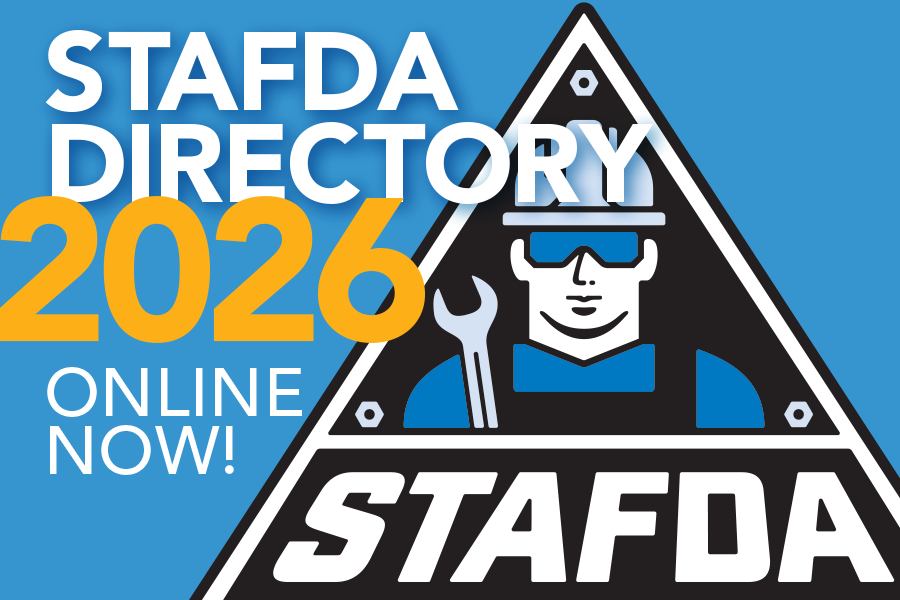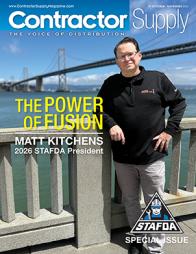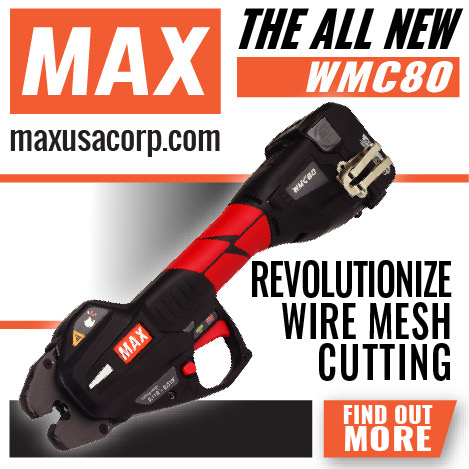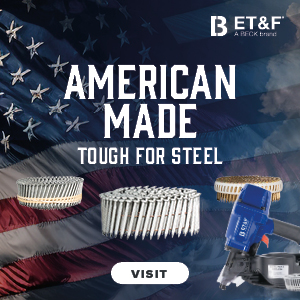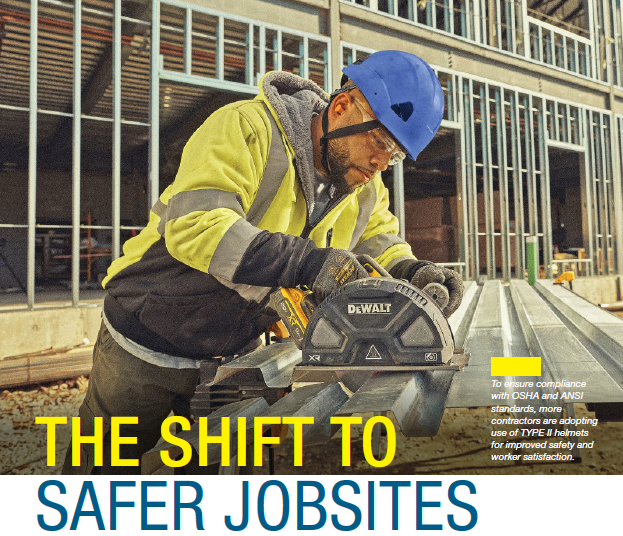 |
By Mary Padron, Radians
For over a century, the classic Type I hard hat has stood the test of time, earning its place as a PPE jobsite essential even as newer, more advanced safety technologies emerged. Construction workers developed an affinity for hard hats, even personalizing them with stickers that often revealed a worker’s personality, experiences, and values—whether through company logos, safety milestones, favorite sports teams, or humorous slogans.
While Type I hard hats have long been a trusted piece of protective gear and still play a key role in numerous industrial applications, their limited coverage left workers, especially those working at heights, vulnerable to serious injuries. Type I helmets were engineered to guard against blows to the top of the head, offering little defense against angled impacts to the sides, back, or front of the head—where most head injuries occur.
As technology and workplace safety standards evolved and the risks of traumatic brain injuries became more apparent, the need for better head protection grew. This demand led to the rise of Type II safety helmets, which provide a safer and more reliable solution for today’s high-risk jobsites.
The American National Standards Institute (ANSI) and the Industrial Safety Equipment Association (ISEA) collaborated on the ANSI/ISEA Z89.1-2014 standard, an update to the 2009 edition. This revision outlines the latest performance and testing requirements for construction helmets, categorizing them based on potential hazards.
Under this standard, industrial safety helmets fall into two categories:
- Type I: Designed to protect against impacts from above.
- Type II: Engineered for all-around protection, guarding against impacts from the front, back, sides, and top of the head.
Both types undergo rigorous testing for impact absorption and penetration resistance. However, Type II helmets go a step further by meeting additional safety criteria, including off-center impact protection and chin strap retention for a secure fit.
The result is that Type II helmets provide superior protection, making them a safer choice for high-risk environments where angled or lateral impacts are a concern.
ELEVATING SAFETY
Falls continue to be the leading cause of fatalities in construction, consistently ranking among OSHA’s “Fatal Four” hazards. While OSHA has not yet mandated Type II helmets, the agency actively promotes the best practices for head protection. As a result, many companies are taking a proactive approach, adopting Type II safety helmets to better protect workers from life-threatening head injuries caused by falls and angled impacts.
As awareness of traumatic brain injury risks increases, contractors and general contractors are making Type II safety helmets the new standard. Designed with superior impact protection, secure chin straps, and rugged materials, these helmets provide significantly greater protection than traditional Type I hard hats.
Top-tier companies, especially large contractors and safety-focused firms, are now requiring Type II helmets on jobsites, setting a new industry benchmark. Many see this shift as a smart investment in their workforce, recognizing that superior PPE boosts morale, reduces injuries, and can even lower insurance costs. By prioritizing worker safety, these companies are shaping the future of jobsite protection.
HIGH-RISK BENEFITS
OSHA recognizes the critical role of Type II safety helmets in reducing workplace injuries and recommends their use in high-risk environments where enhanced head protection is essential. Type II protection is particularly important in industries and job sites where workers face multiple impact hazards.
Here are the key scenarios where Type II helmets are strongly recommended:
- Construction Sites: Ideal for environments with high risks of falling objects, slips, trips and falls.
- Oil and Gas Industry: Protects against multiple hazards, often requiring integrated eye and face protection.
- Working at Heights: Essential for workers on ladders, scaffolding, rooftops, and other elevated surfaces.
- Electrical Work: For those working near electrical hazards, non-vented helmets should be used to prevent conductivity.
- Forestry and Logging: Shields workers from falling branches, debris, and impact risks.
- Mining: Offers superior protection against underground hazards, falling debris, and confined spaces.
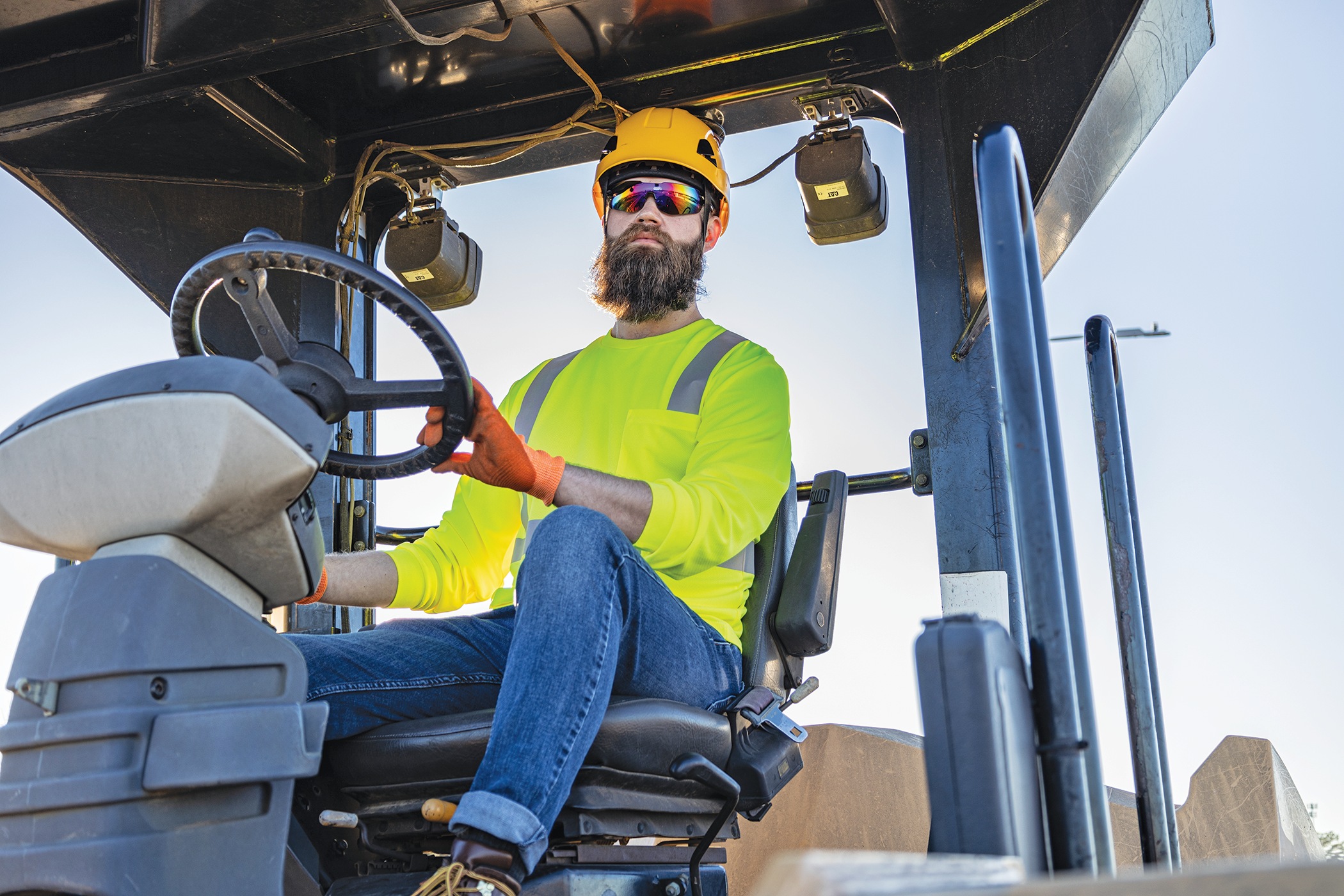 |
WHAT TO LOOK FOR
When selecting high-performance Type II safety helmets, it’s essential to look for innovative features that enhance protection, comfort, and usability. Key factors include multi-directional impact resistance technology, secure chin straps for a stable fit, and lightweight yet durable materials that reduce strain during long shifts.
The option and availability of replacement parts, such as crown and brow pads, chin straps, and ratchet suspension parts, are important too, increasing the longevity and lifespan of the helmet.
Using different helmet colors on jobsites is a simple yet effective way to enhance safety, improve communication, and define job roles by helping workers and supervisors quickly identify key personnel, such as site managers, electricians, and general laborers. Red helmets are frequently used for emergency situations, allowing teams to locate first aid responders or safety officers instantly.
When distributors have easy access to a variety of helmet colors, they can help their clients create a more organized, efficient, and safer work environment, especially at the construction site. Distributors who emphasize the features of Type II helmets and the color-coding possibilities can better meet customer needs and drive adoption of next-generation head protection.
MARKET POTENTIAL
The demand for advanced head protection is on the rise. According to Grand View Research, the global Head Protection Equipment Market was valued at $1.05 billion in 2023 and is projected to grow at a compound annual growth rate (CAGR) of 8.2% from 2025 to 2030.
The construction industry remains a key driver of this growth, as companies prioritize worker safety and adopt Type II helmets to reduce the risks of traumatic brain injuries.
Additionally, government regulations mandating safety helmets in high-risk environments are accelerating the shift toward Type II helmets, positioning them as the new standard for head protection in hazardous industries.
As workplace safety standards evolve, the demand for Type II safety helmets is rapidly increasing. By embracing this shift, distributors can stay ahead of industry trends, cater to a growing customer base, and reinforce their commitment to worker protection across multiple sectors. We know the shift is coming and the demand is growing when thousands of people saw the new DeWalt Type II Safety Helmet proudly displayed on the Las Vegas Sphere during the 2024 and 2025 World of Concrete shows.
Switching from traditional hard hats to advanced Type II helmets is not just about compliance, it is a strategic move to tap into an emerging market while providing better protection for the workforce. With safety regulations tightening and awareness of traumatic brain injuries rising, businesses that offer innovative head protection will position themselves as industry leaders who care while simultaneously driving steady revenue growth.
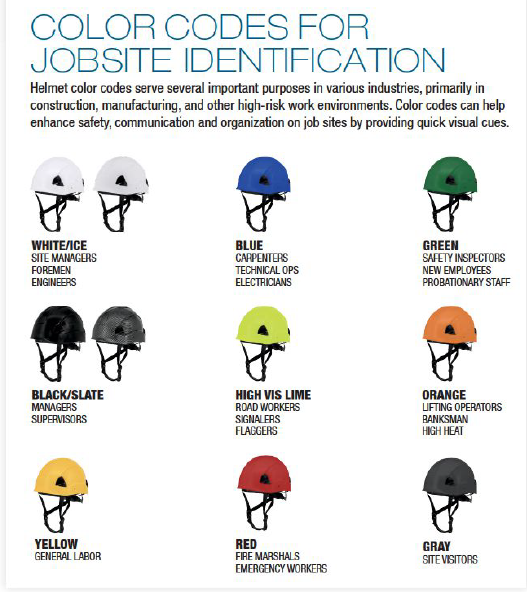 |
DRIVING ADOPTION
Distributors play a key role in educating customers about the benefits of Type II safety helmets as an essential upgrade from traditional hard hats. By providing training sessions, product demonstrations, and safety literature, distributors can highlight enhanced protection, impact resistance, and secure fit that Type II helmets offer.
To strengthen the case for adoption, distributors can:
- Leverage workplace injury data to highlight risks and prevention.
- Incorporate OSHA recommendations to support safety compliance.
- Use real-world case studies to demonstrate the effectiveness of Type II helmets.
- Reach out to their trusted PPE manufacturer for Type II training materials, safety literature, free online courses, and more.
Contractors are adopting Type II helmets because they offer better safety, reduced liability, and improved worker satisfaction. PPE distributors and manufacturers who embrace this trend early can position themselves as leaders in jobsite safety and capitalize on the growing demand.
This article originally appeared in the April/May 2025 issue of Contractor Supply magazine. Copyright, 2025 Direct Business Media.





